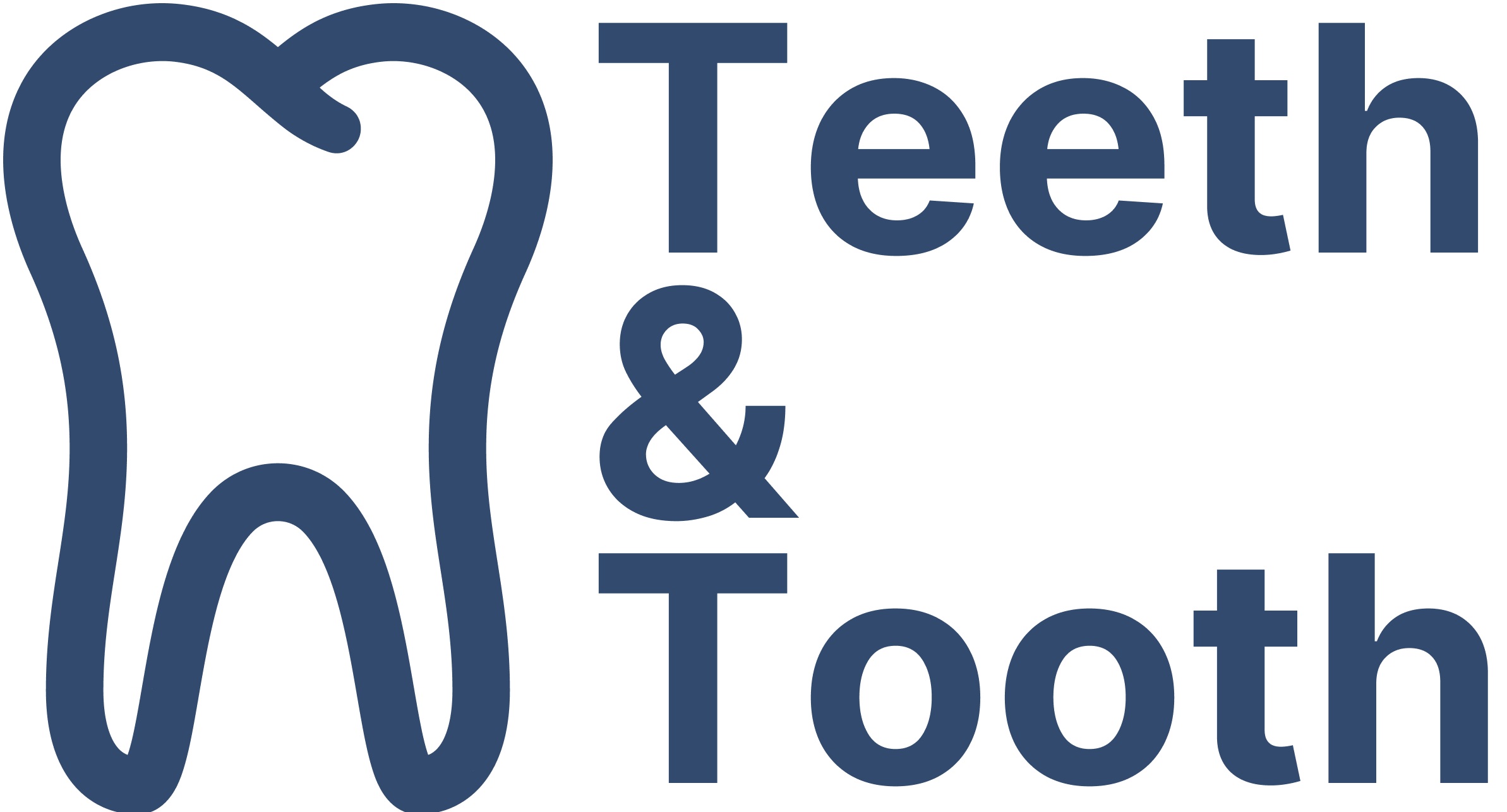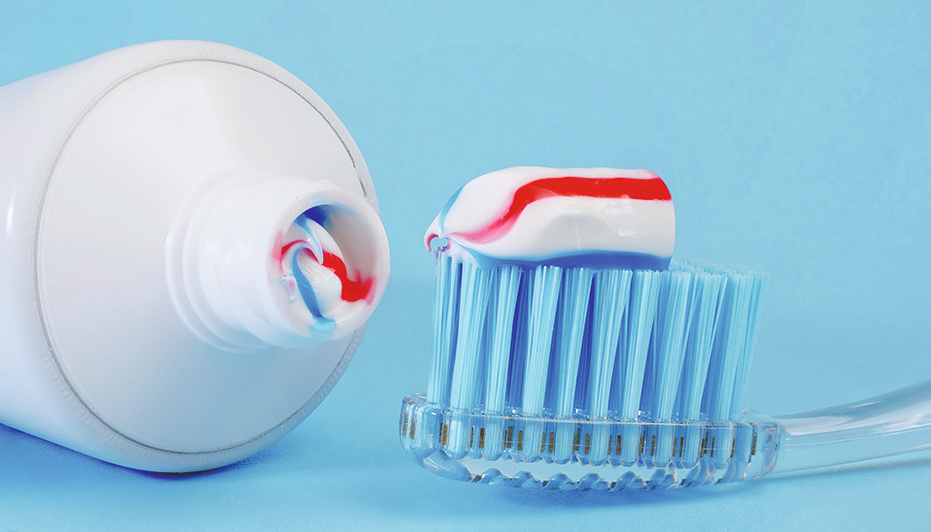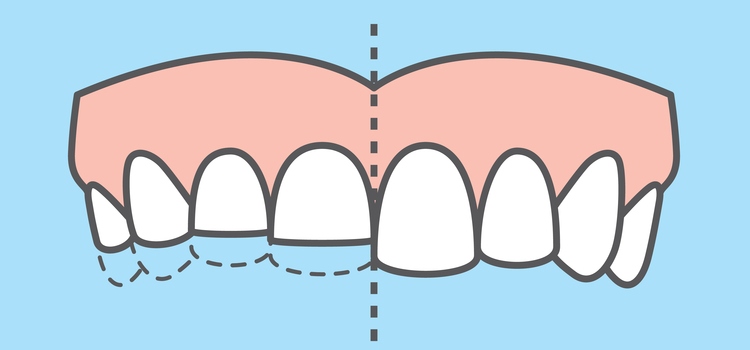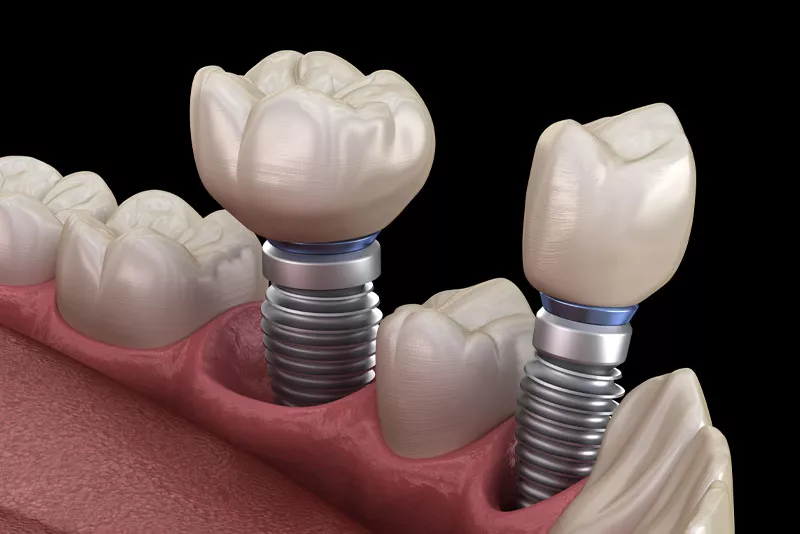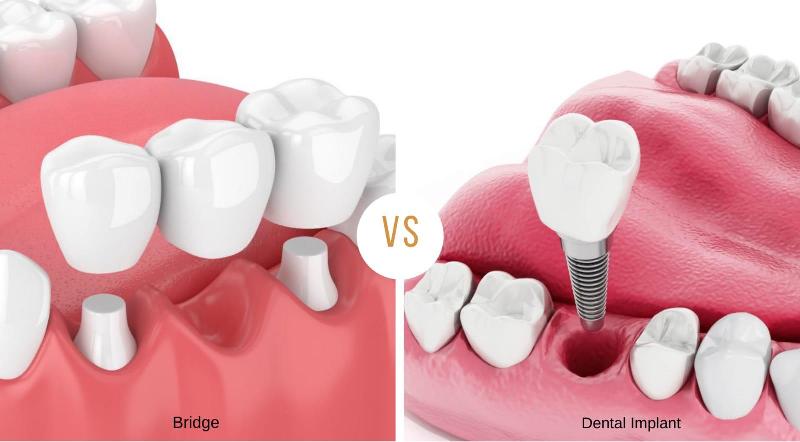We all know that the toothpaste is your best bet for a winning smile and fresh breath. But have you stopped to wonder the science behind this minty, fragrant paste that we are all too familiar with? More specifically, is your toothpaste an acid or a base, and why on Earth should you care?
Some believe that an acidic toothpaste helps to kill off any unwanted bacteria that lingers after a meal. Others suggest that an alkali-based toothpaste balances the pH level in your mouth after having acidic food such as sugary drinks, citrus juices and pickled vegetables.
As it turns out, all big-brand tootpaste products we buy off the shelves are a mild base, which meant that they are a weak alkali. While there are no publicly available data about the pH level of popular toothpaste products, the pH level of most toothpaste product falls between pH 7.2 to 8, with some reaching as high as pH 8.5.
In this article, we will dive into the fascinating world of toothpaste chemistry, and explore why this little-known fact is essential in keeping your oral health at tip top condition. Trust me, you’ll never look at your toothpaste the same way again. 🤓
Ingredients in a Toothpaste
Toothpastes contain dozens of ingredients, each with a specific role to help you fight plaque and prevent demineralization of the enamel. So, what’s really in that tube, and why should you care? Let’s break it down, ingredient by ingredient.
- Fluoride: These are inorganic fluoride salts that act as anti-cariogenic agents. Through a process known as “remineralization,” they contribute to the formation of fluorapatite, which is more resistant to acid dissolution than hydroxyapatite, the natural form of mineral in enamel.
- Abrasives: These are the gritty agents like calcium carbonate and hydrated silica that aid in the removal of plaque and stain. They are carefully calibrated in particle size and form to ‘scrub’ away stains while minimizing enamel abrasion.
- Humectants: Common humectants like glycerol and sorbitol help to attract and hold water molecules, keeping our toothpaste from drying out.
- Detergents: This is not the detergent used to wash your clothes but rather, a form of surfactant that causing a toothbrush to foam. This makes it easy to spread toothpaste all around your teeth.
- PreservativesL Preservatives like sodium benzoate or methylparaben disrupt the metabolic processes of microorganisms, inhibiting microbial growth and prolonging the shelf-life of a toothpaste.
- Binders: Binders like cellulose cum and xanthan gum help to stabalize the formulation and ensure that the various ingredients mentioned remain evenly distributed throughout the toothpaste.
- Flavorings: Toothpaste have different flavors to cater to people of all ages. Mint, cinnamon, or maybe even bubblegum for the kids—flavorings make brushing a more pleasant experience.
These are some of the common ingredients you see in a toothpaste. Depending on the type of toothpaste, there may be additional ingredients such as potassium nitrate and zinc citrate. The former is often used in formulated toothpaste designed for sensitive teeth while the latter is known for its anti-plaque and anti-inflammatory effects.
Understanding the scientific rationale behind these ingredients helps us appreciate the complex chemistry at play every time we brush our teeth!
You may be interested in: Coconut Oil for Teeth Whitening. Why and How It Works?
Why the pH Matters
Just like you wouldn’t ignore the pH of your skincare products, the pH level of your toothpaste shouldn’t be neglected either. Let’s delve into why the pH of toothpaste is more than just a number on a scale. The alkaline pH ofa toothpaste isn’t by accident; it’s by design.
Neutralization of Acid
The primary purpose of a weak alkali toothpaste is to neutralize any acids that remains in a mouth. Harmful bacterias present in the mouth can cause a wide range of dental-related problems such as cavities and periodontal disease like gingivitis. For instance, streptococcus mutans feeds on sugar and produce lactic acid through fermentation. At pH 5.5, the acidic environment causes the enamel to erode, resulting in enamel erosion.
In fact, tooth erosion is observed in over 90% of patients with bulimia. Regular episodes of induced vomiting causes gastric acid to flows back up to the mouth and attack the enamel. Gum recession, inflammation and ulcers are also some of the common dental issues faced by bulimic patients.
1. Remineralization of Essential Minerals
Remineralization is a biochemical process that allows the redeposition of minerals into demineralized enamel. This process is optimized in an alkaline environment, wherein calcium and phosphate ions can more readily integrate into the enamel crystalline structure. Alkaline pH levels in toothpaste thus serve to promote this regenerative mechanism.
2. Specialized Formulations
Individuals suffering from particular oral health conditions—such as enamel erosion or dentin hypersensitivity—may require toothpaste formulations with specialized pH levels. For instance, toothpaste with a more neutral pH may be recommended for individuals with compromised enamel to minimize further erosive damage.
Acidic Toothpastes
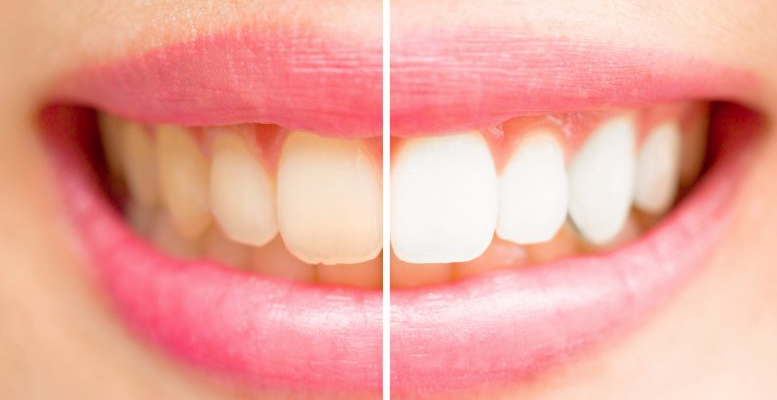
While most toothpaste products are alkalis, some are acidic in nature due to the presence of particular ingredients. For instance, whitening toothpastes like Opalescence Whitening Toothpaste contains bleaching agents such as hydrogen peroxide and carbamide peroxide. These weak acids help to destroy plaque and remove food stain on the enamel, but cause adverse effects such as gum sensitivity and tooth erosion. As such, you are discouraged from using whitening toothpastes or take-home whitening kits without consulting a professional at your local dentist clinic.
In certain formulations designed for sensitivity relief, mild acidic substances like strontium chloride or potassium nitrate are included. The mild acidity in these products can aid in occluding dentinal tubules, thereby reducing sensitivity.
Closing Thoughts
Wrapping this up, we’ve understood that most conventional toothpastes fall within the alkaline to neutral pH range, offering a strategic advantage in fighting off harmful bacteria and promoting enamel remineralization.
But just when you thought the answer was straightforward, science throws a curveball. There are, indeed, acidic toothpastes, engineered for specific oral care needs such as whitening or treating tooth sensitivity.
The next time you find yourself cruising the toothpaste aisle, take a moment to consider not just flavors or brand names, but also the hidden science that goes into that squeezable tube.
